History originally published in AutoWeek June 25, 1984
Rolls-Royce has never been predisposed to produce a range of vehicles designed and priced for a variety of pocketbooks. One was expected to aspire to the same standards as that great perfectionist, Henry Royce, and if not, well, there were lesser motorcars.
Rolls built, in fact, only a single model from 1906 to 1922, the 40/50-HP Silver Ghost, and although this was due in part to a lack of capital to finance tooling for other models, it also allowed the firm to perfect that model to very high standards. It was also a model of very high price, but there were always customers enough.
Customers enough, that is, until after the Great War. The company had expanded under wartime production, while with the production of aero engines and Silver Ghosts adapted to military purposes, and a way had to be found to keep this organization going. The answer was a cheaper and smaller model, but one which was in no way any less a Rolls-Royce. It was called the Twenty, and it came out in 1922.
It is worth noting here the derivation of the model nomenclature. It stems from the old RAC method of rating horsepower based on piston area in the mistaken belief that it was the power-determining factor. Though longer strokes had almost immediately disproved the theory, it persisted in tax computation in Britain – and in naming RR models.
Another digression: The Rolls-Royce built no bodies before World War II. Rather, the chasses were clothed by various coachbuilders, so designating models by engine made sense. Any number of different body styles, from limousine to roadster, could be placed on a chassis from Derby, and there were few styles that weren’t. (One of the prerogatives of being wealthy is having the ultimate degree of choice in such matters.)
The problem in the case of the Twenty was, however, that the choice in bodies kept getting heavier, and for the Twenty this was critical, for it had been criticized from the very beginning as being underpowered. While one didn’t buy a Rolls for the sake of speed, it wouldn’t do to be left too far back in the dust of lesser makes, so in 1929 the 20/25 was released.
The 20/25 was the development of the Twenty, the main change being an increase of cylinder bore of the six-cylinder engine from 3.0 inches to 3.5 inches which, with the 4.5-inch stroke, resulted in a displacement of 224 cubic inches (3675cc). Otherwise, the engine was almost identical to that of the Twenty, monobloc in configuration, with the cast-iron block spigoted into an aluminum crankcase. Overhead valves were fitted into the detachable head.
Though Henry Royce was a believer in not applying new concepts until they were proven by someone else – thereby sparing the owner of a Rolls from the indignity of failure of some untried concept – pressure lubrication, oil supplied to the main bearings via a hollow crank, had been used by Rolls-Royce on the Silver Ghost in 1906. The Twenty had it when it was introduced, and so did the 20/25.
The RR philosophy of engine cooling was to “overcool” via a large radiator and fan, and then control engine temperature with radiator shutters. Those stately vertical slats were as functional as they were elegant.
The true measure of the engine can be seen in several small items that the big picture misses, however. Take, for example, the connecting rods: The limited engineering knowledge of the day resulted in pieces less than robust – only engine vibration kept drivers from over-revving and throwing them – but each one is a masterpiece of the machinists art, completely machined to a two-pound finished product from an original eight-pound casting. Or consider the generator and distributed drives. Each had its own miniature torsional damper to cancel out driveshaft vibration. It is this attention to detail, this classical over-engineering, this answering questions unasked, that made Rolls what it had become.
Of course, RR perfection did not stop at the engine. The frame side members were pressed from nickel-chrome steel, which at that time required the entire frame to be bolted together rather than welded. Despite the depth of the frame side members, trusses under each side provided extra strength. A front beam axle was used and a live rear axle fitted, both riding on semi-elliptical springs carefully enclosed in leather boots.
Bodies displayed this dedication to quality as well. Although Rolls-Royce, as mentioned, never made a body before World War II, the company did maintain control on what would be acceptable, and would assist coachbuilders in making bodies that worked well with the Rolls chassis. Barker had been the “official” coach builder for Rolls almost since the company’s inception, but by the ‘30s had been superseded by Park Ward. By 1930, 90 percent of Park Ward’s output was on Rolls-Royce chasses, and Park Ward did most of Rolls-Royces experimental work in the 1930s. In 1939, Rolls-Royce bought Park Ward.
Before that – in 1933, to be exact – Park Ward built a sporting coupe on a 20/25 chassis, one that is now in the automotive collection of A.C. “Ace” Rosner of Washington, DC. Aesthetically, it’s a marvelous automobile. Though it stands approximately 6 feet tall – 19-inch wheels on solid axles with semi-elliptics and tall frame side members starts the bottom of the body at heights that even relatively rakish lines can’t overcome – the proportions are so right that it doesn’t seem that tall even when standing right next to it.
The first thing you’ll notice upon getting behind the wheel of the right-hand-drive car, however, is that it wasn’t easy to get there. Rolls-Royce placed the gearshift and handbrake right in the middle of the gap between the seat and the doorframe, requiring considerable contortions of the lower limbs to get in. There is no mechanical necessity for positioning the shift lever in such an awkward location. In fact, the Twenty was first equipped with a central-mounted lever. But popular opinion held that a center lever was for lower class cars, so Rolls relented and moved it to the outside. Never mind that it actually makes driver entry easier from the passenger side…
Inside, there isn’t much room as might be expected from external appearances. The high floor means relatively low seats, and there is no surplus of legroom in the rear. The backseat passengers have no windows, thanks to the coupe styling. Of course, the fittings are elegant, finished in fine leather and wood. The layout, though, is just another example of practicality surrendering to style.
The steering wheel is large and has hub-mounted levers for throttle control, ignition advance and carb richness. The pedals are typically British – small – and the shift lever, for all its entry blocking, is a reach forward. However, one wasn’t expected to change gears that much. The six has all its torque at low RPM – it’s easy to rev up too much when starting at first – and one just stays in high as long as possible. Otherwise, one can start in second, and the transmission is synchro on the top two of four gears.
Despite the sporty coupe styling, acceleration is nothing to write the Queen about, and flat-out top speed is about 70 mph, though cruising is something less than that. Which is good, because mechanical brakes, despite a transmission-driven servo booster, take a lot of leg. Brake bias is toward the rear, but at least if the rears lock up, the servo effect is eliminated as the transmission stops turning, making it harder to keep the brakes locked. The peculiar result is that as the car slows down, the driver must apply evermore brakes as a servo effect diminishes with the speed.
Steering is heavy but precise, and the ride is a smooth as the road. The solid front axle, however, is in no way capable of dealing with rough or broken pavement. High-speed cornering? It is beneath the car’s dignity. It simply isn’t done.
The Rolls-Royce 20/25, produced from 1929 through 1936, combined these attributes to become Rolls’ best-selling model between the wars. Ace Rosner’s 20/25 Park Ward coupe is, however, most likely unique, and is bound to stay that way. For even Rolls-Royce doesn’t make them like this anymore.







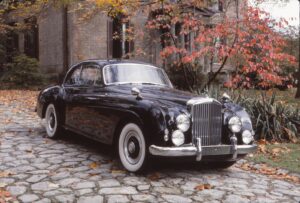

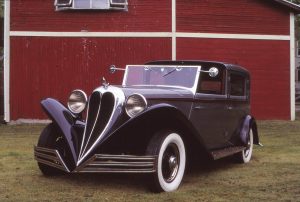
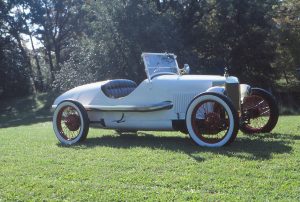
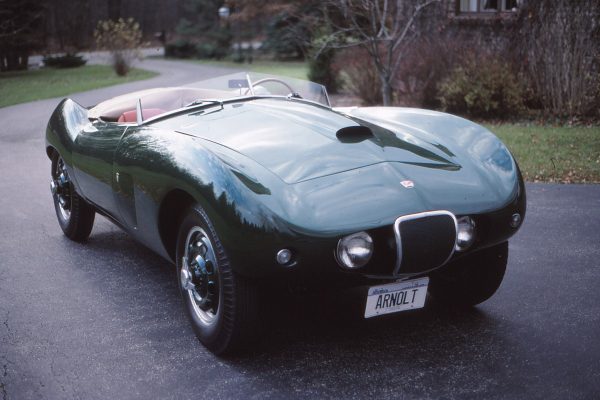
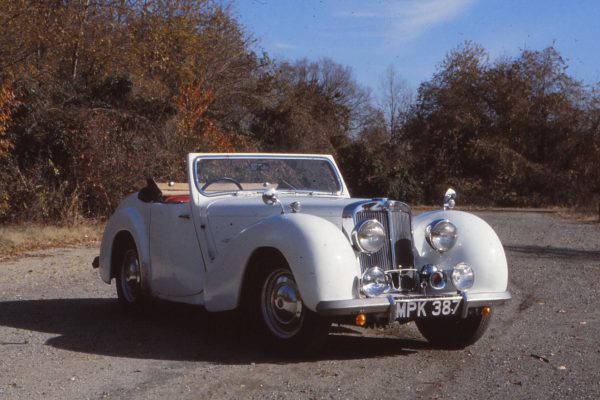
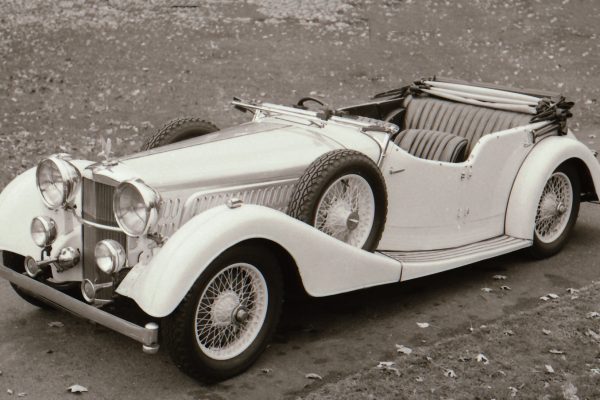
What Do You Think?
You must be logged in to post a comment.